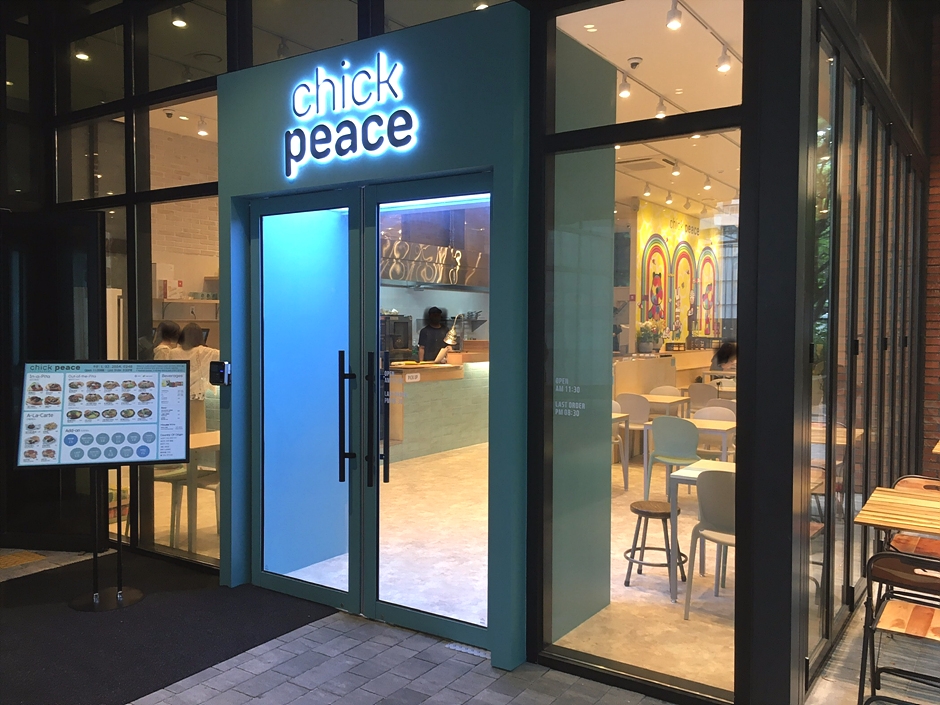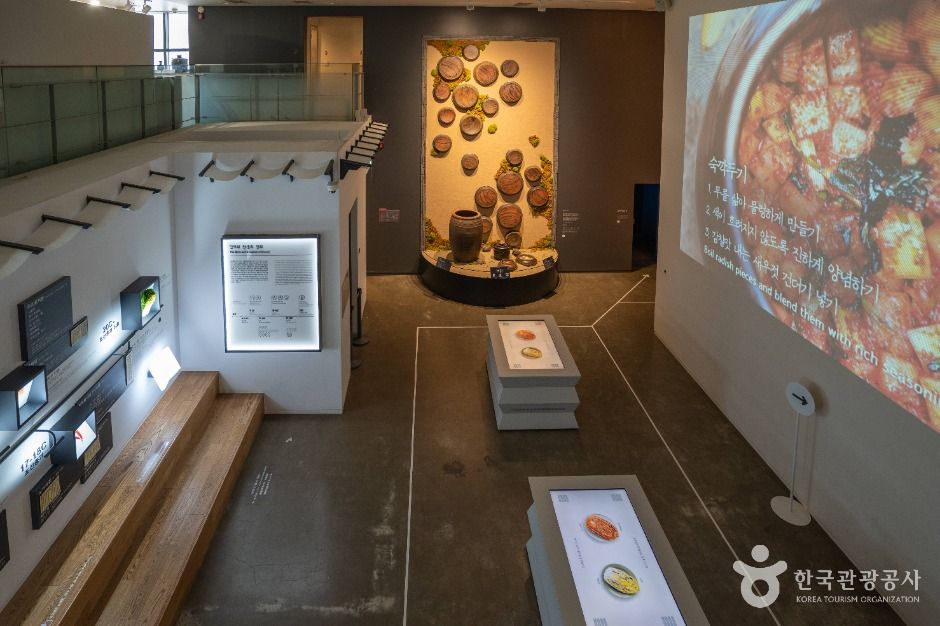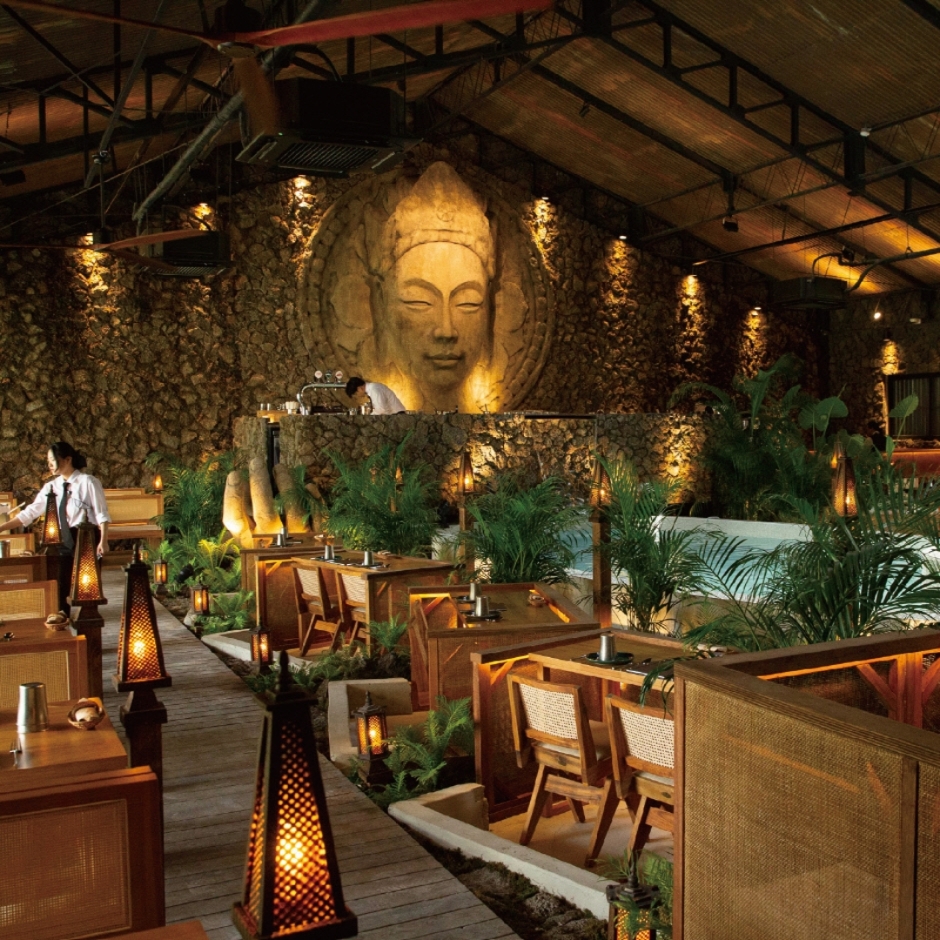Medictel Co., Ltd.(㈜메딕텔)
17.9Km 2025-10-23
(#428-36), 46 Dolma-ro, Bundang-gu, Seongnam-si, Gyeonggi-do
Medictel was established in February 2014. With over 10 years of experience, over 1,500 patients from all over the world have visited us so far. Medictel is a safe and reliable medical tourism company certified by the Korean government. We have an experienced team responsible for finding the best hospitals and doctors in Korea that are right for you.
Balwoo Gongyang (발우공양)
17.9Km 2024-01-05
56 Ujeongguk-ro, Jongno-gu, Seoul
Balwoo Gongyang, located in front of the main gate of Jogyesa Temple, is a temple food restaurant operated by the Cultural Corps of Korean Buddhism. It was selected as a 1-star restaurant by the Michelin Guide for three consecutive years from 2017 to 2019 and it is so popular that reservations must be made a month in advance. “Balwoo” refers to meals for monks and it means that the act of eating is also a process to realizing the truth. The restaurant offers five types of course menus inspired by Buddhist teachings that are served in the order of Suljuksim, Juksang, Sangmi (嘗味), Dammi (噉味), Seungso (僧笑), Youmi (愈味), and Ipgasim. The menu is made with seasonal ingredients to bring out the best flavor of each season. The course meal starts with appetizing kimchi stew according to the traditional Korean meal culture. Then it is followed by porridge, seasonal salad, rice and stew, side dishes, tea, and dessert, satisfying both the taste buds and health. Those who wish to experience an authentic temple meal are recommended to try the Beop Course.
Templestay Information Center (템플스테이 홍보관)
17.9Km 2022-10-17
56, Ujeongguk-ro, Jongno-gu, Seoul
+82-2-2031-2000
Templestay Information Center offers various information and services regarding templestays and temple meals for domestic and international visitors. The center also operates traditional cultural experiences, such as tea time with a Buddhist monk, traditional culture activities and more.
Chickpeace Seongsu Branch (칙피스 성수점)
17.9Km 2024-01-05
9-16 Yeonmujang 5-gil, Seongdong-gu, Seoul
Chickpeace is located near Exit 4 of Seongsu Station on Seoul Metro Line 2. The restaurant also has a parking lot for customers with vehicles. Chickpeace is a Mediterranean and Middle Eastern salad restaurant that features hummus, falafel, shakshuka, and pita. This restaurant is located next to Shoe Theme Park in Seongsu-dong and is spacious and clean. There are a variety of Mediterranean and Middle Eastern menu items: vegan salad, avocado salad, grilled shrimp rice, salmon steak rice, vegan pita bowl set, chicken shakshuka, and more. Seoul Forest is nearby, so visitors can take a stroll after their meal. Moreover, there are many tourist attractions nearby that are worth a visit such as Seongsu-dong Cafe Street, Seongsu Handmade Shoes Street, Ttukseom Recreation Area, and more.
Museum Kimchikan (뮤지엄 김치간)
17.9Km 2025-06-19
(4-6th floor, Maru Art Center), 35-4 Insadong-gil, Jongno-gu, Seoul
Museum Kimchikan is a museum dedicated to kimchi in Insa-dong’s Maru Art Center. The exhibition details the culture, history, trajectory, and efficacy of kimchi and teaches the visitors how to make kimchi through videos. Visitors can also sample different types of kimchi. The museum offers both individual and group experience programs.
Chebudong Janchijip Dwaejigalbi (체부동잔치집돼지갈비)
17.9Km 2024-03-18
24 Jahamun-ro 1-gil, Jongno-gu, Seoul
+82-2-722-3555
Chebudong Janchijip Dwaejigalbi is a restaurant where marinated pork galbi are grilled over charcoal fire. It offers various side dishes along with rich soybean paste jjigae. Enjoying cold buckwheat noodles with the tender marinated pork galbi, which are well-aged, is also recommended. Additionally, there are individual menu items such as dubu jeongol (bean curd hot pot), hoe naengmyeon (cold buckwheat noodles with raw fish), bibimbap, and gamjajeon (potato pancake).
ER Newcore Outlets - Incheon Nonhyeon Branch [Tax Refund Shop] (ER 뉴코아아울렛 인천논현)
17.9Km 2024-04-22
596, Cheongneung-daero, Namdong-gu, Incheon
-
Homeplus - Incheon Nonhyeon Branch [Tax Refund Shop] (홈플러스 인천논현)
17.9Km 2024-04-16
Prugio City, 596, Cheongneung-daero, Namdong-gu, Incheon
-
Saladaeng Temple (살라댕템플)
17.9Km 2024-03-12
32 Seongsui-ro 16-gil, Seongdong-gu, Seoul
Saladaeng Temple is a French fusion restaurant based on Thai cuisine. It is also known for being accessible by boat. Inside, there is an emerald-colored swimming pool, a central Buddha statue, and grand Buddha statues on the walls. The signature menu features Saladaen temple samdan tray (Saladang Temple three layer tray) with dim sum, deep-fried oysters, shrimp tart, salmon, creme brulee, financier, fruits, and more.



![ER Newcore Outlets - Incheon Nonhyeon Branch [Tax Refund Shop] (ER 뉴코아아울렛 인천논현)](http://tong.visitkorea.or.kr/cms/resource/64/2882464_image2_1.jpg)
![Homeplus - Incheon Nonhyeon Branch [Tax Refund Shop] (홈플러스 인천논현)](http://tong.visitkorea.or.kr/cms/resource/63/2882463_image2_1.jpg)

 English
English
 한국어
한국어 日本語
日本語 中文(简体)
中文(简体) Deutsch
Deutsch Français
Français Español
Español Русский
Русский